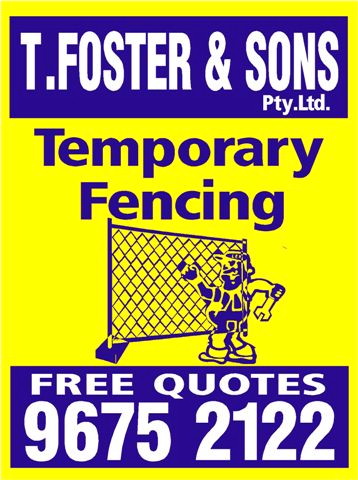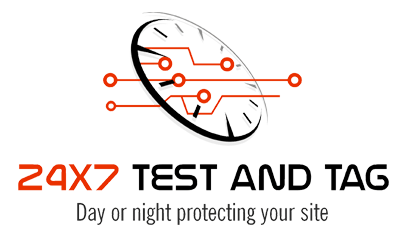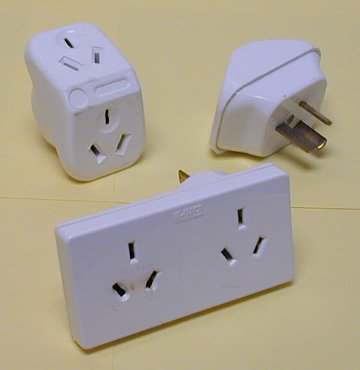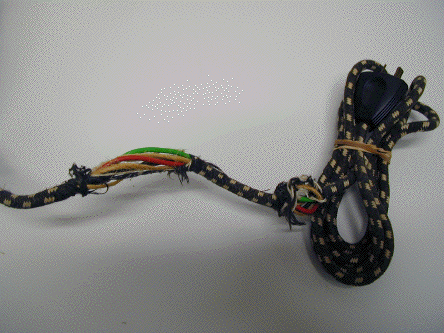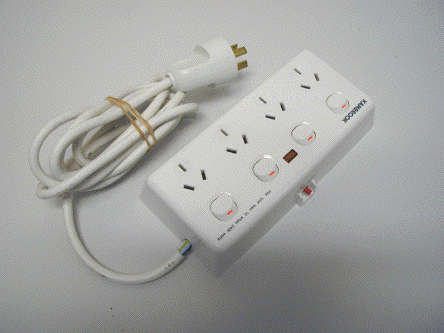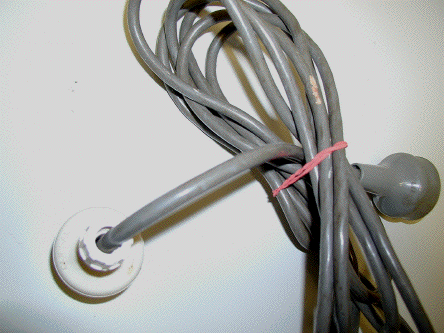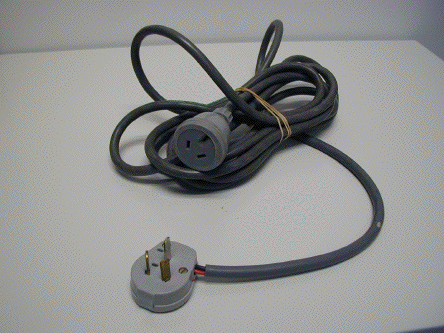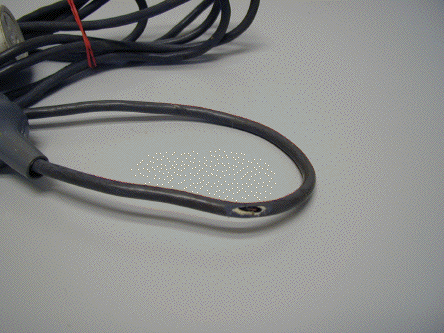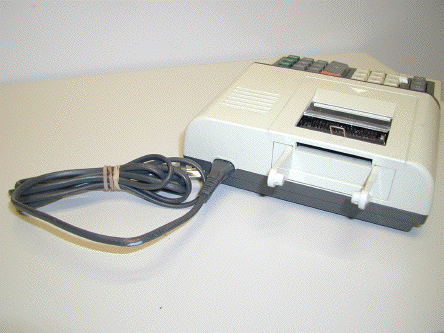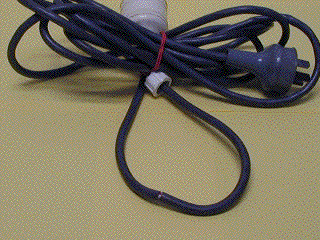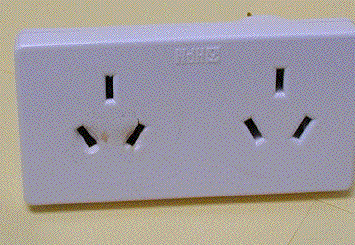Visual Inspection
Visual inspection is carried out by the electrical appliance operator and requires checking:
- equipment at regular intervals if used daily; and/or
- before operation if the equipment is used infrequently or moved around.
The items to check in the visual inspection are:
- equipment free from obvious external damage;
- component defects - accessories, connectors, plugs, or socket outlets;
- supply cords - inner cords not exposed, external sheaths not cut, abraded or damaged;
- flexible cords effectively anchored
- security/alignment of any control knobs
- covers/guards are secure;
- mechanical safety facilities/devices (e.g. cut outs) are in working order;
- ventilation inlets or exhausts are unobstructed
- controls or alarms are in working order;
- cords are not tangled and do not contribute a tripping hazard;
- powerboards - warning indicating "maximum load to be connected" is visible and legible;
- is the environment detrimental to the safe use of electrical equipment.
Note: some of the above may not apply to all electrical equipment.
Some items or hazards that require taking out of service and replacing:
|
Double Adaptors are banned. |
|
Abraded cord with fabric outer sheath. |
|
Powerboard with inner cords exposed. |
|
Cable grip is failing to anchor the cord on the plug socket - this could pull the wires from the connectors to provide a hazard. |
|
Lead is not correctly anchored into the cable grip of the plug - again this will put strain on the inner cords. |
|
Abraded cord on extension lead. |
|
Calculator cord trapped between two desks rubbed away at the insulation causing the inner cords to become exposed. |
|
Slit/Nick in extension lead - provides a hazard. |
|
Charred double adaptor - overloading electrical items can cause. |

